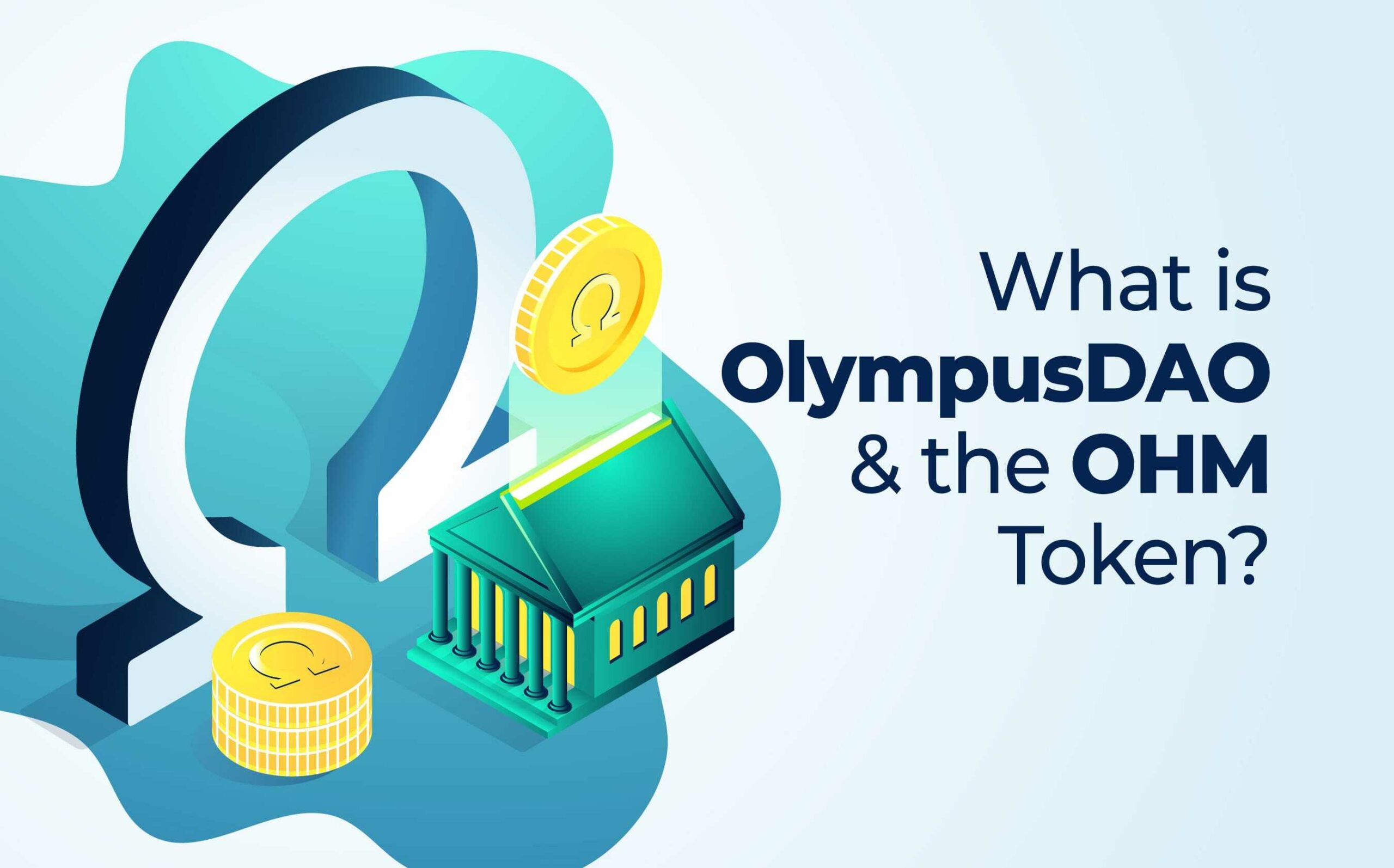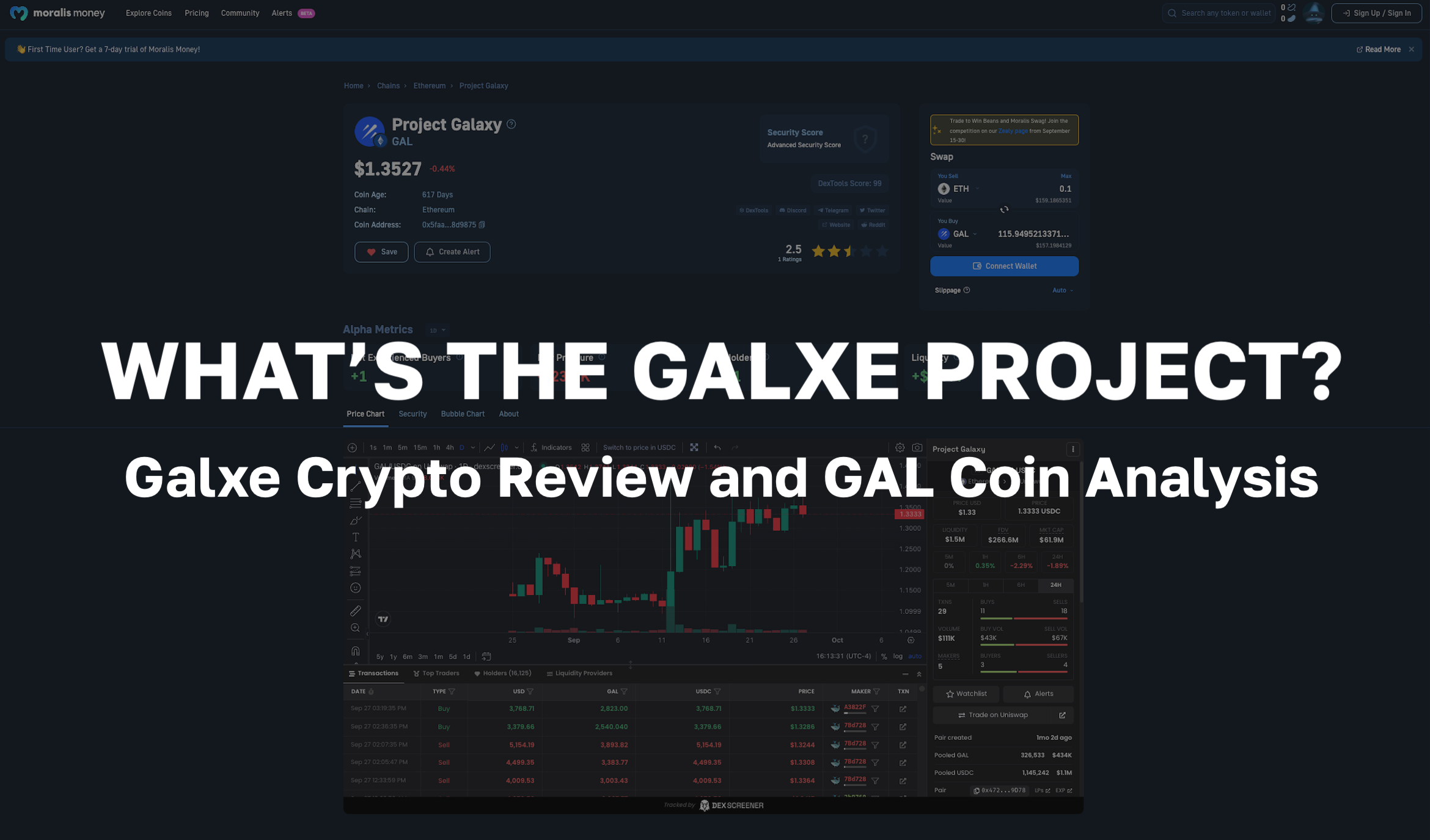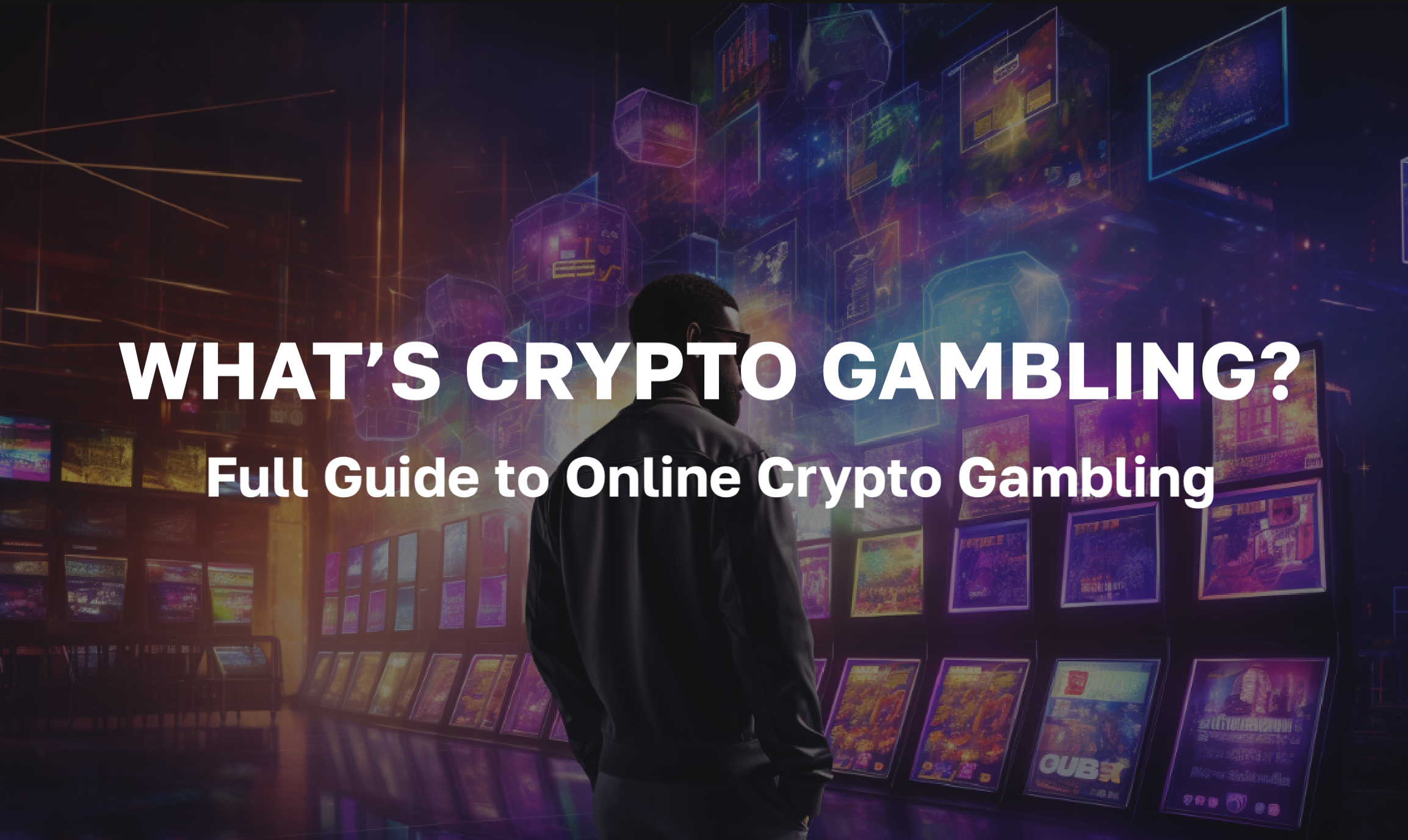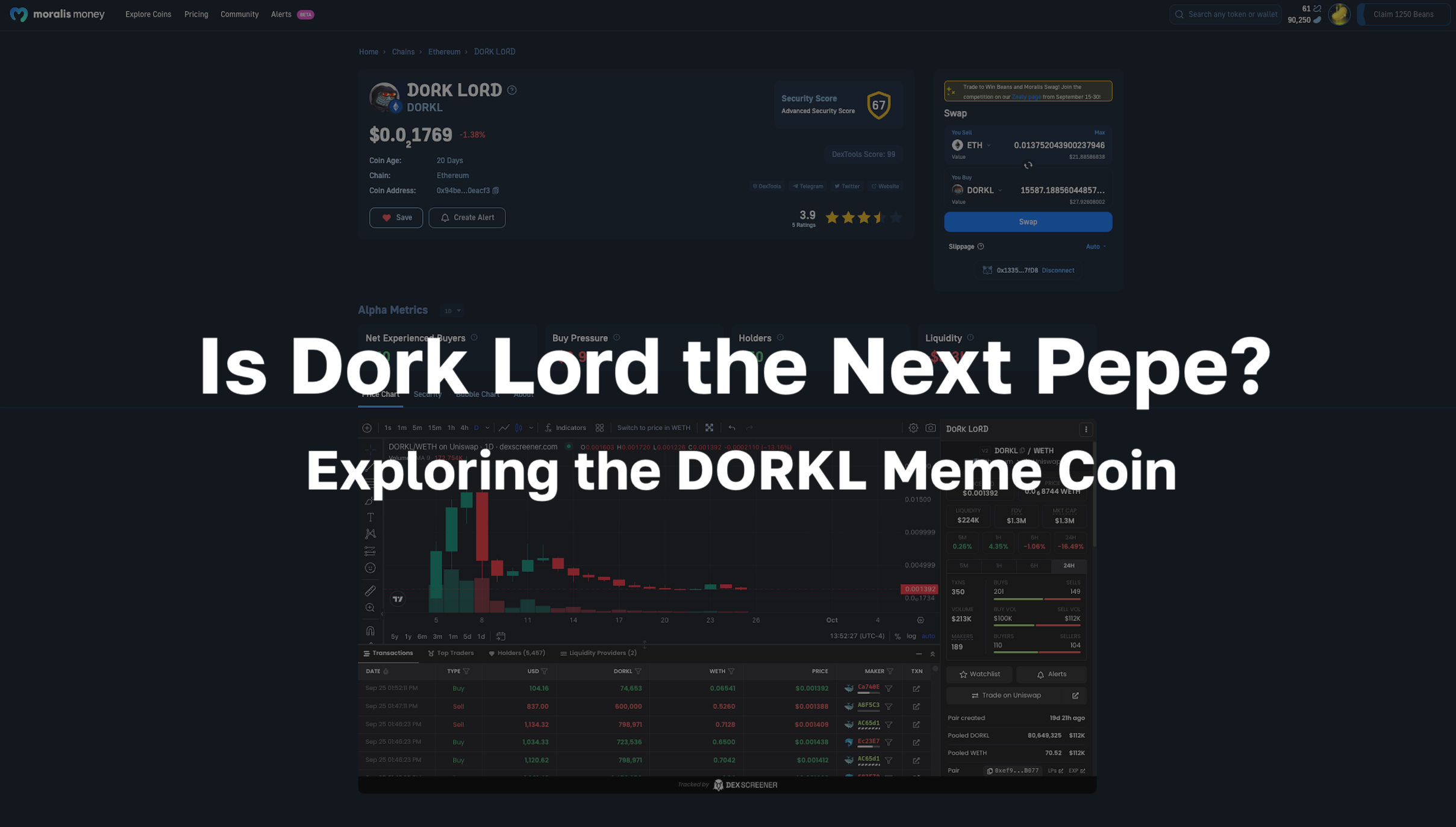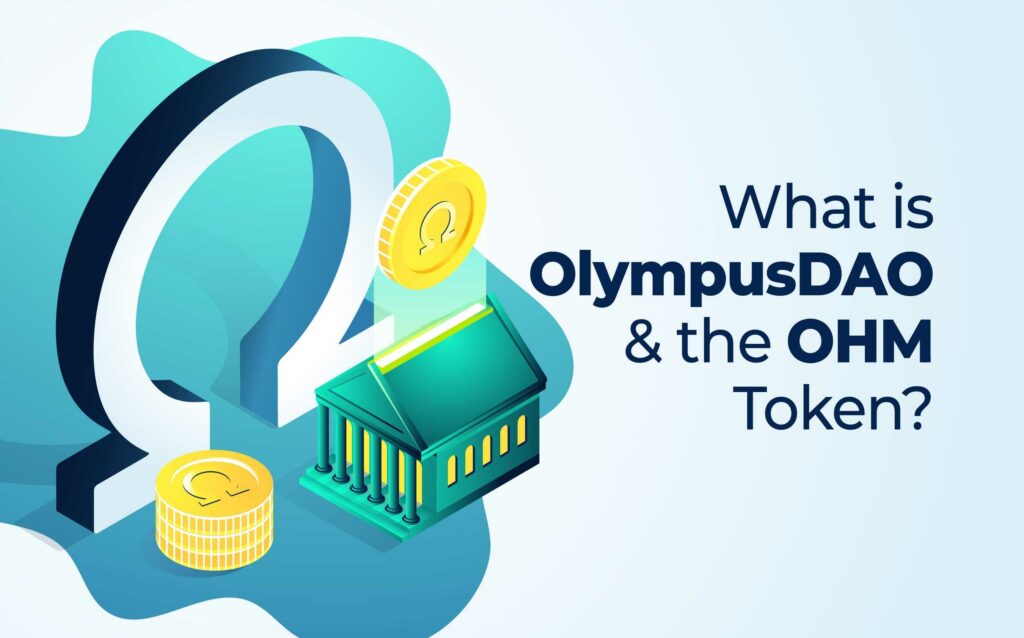
OlympusDAO is a decentralized reserve currency protocol that powers the OHM token. Moreover, the native OHM token is backed by a basket of digital assets. This gives it an intrinsic value that it cannot fall below. Another key element of the Olympus crypto ecosystem is the Olympus Pro "liquidity as a service" platform that helps other projects develop mechanisms for generating protocol-owned liquidity. Moreover, the OHM token offers a compelling alternative to fiat-backed stablecoins that helps holders retain their purchasing power during times of market volatility.
In this article, we’re going to dive deep into the Olympus ecosystem. We’ll explore the native OHM token and its use in governance, staking, and bonding. Also, we’ll look at the concept of an algorithmic reserve currency, the Olympus Pro "bonding as a service" function, and some of the key partnerships that are helping the project to thrive and gain adoption.
If you want to gain a firm understanding of blockchain technology, check out the Blockchain & Bitcoin 101 course at Moralis Academy. Or, see our Crypto for Beginners course to learn how to safely buy and sell crypto using a crypto exchange account. Then, check out our Ethereum 101 course to learn about the origins of smart contracts and programmable money! Start your blockchain journey the right way with Moralis Academy!
What is OlympusDAO?
As mentioned earlier, OlympusDAO is a “decentralized reserve currency protocol” that powers the native OHM token. The OHM token is backed by a basket of assets such as the DAI and FRAX stablecoins. The Olympus treasury holds these assets. Furthermore, because these digital assets back the OHM token, it has an intrinsic value that it cannot fall beneath. OlympusDAO is the collective brainchild of a “pseudo-anonymous” team and is community-governed using a decentralized autonomous organization (DAO) model.
OlympusDAO also uses game-theoretic mechanics and economic incentives such as staking and bonding. Users can lock up OHM tokens to earn more OHM tokens as a form of passive income. Also, users can provide liquidity pool (LP) tokens or DAI to the protocol and receive discounted OHM tokens in return, which are subject to a vesting period.
The intention of the project is to create a blockchain-based currency system driven by economic policy. This system aims to bring economic stability and consistency to the platform and the OHM token through growth and wealth creation and for the OHM token to operate as a global reserve currency, medium of exchange, and unit of account. Also, holders of the OHM token can participate in protocol governance by voting on proposals to make changes to the economic parameters of the platform.
What is the OHM Token?
The OHM token is a rebase token at the heart of the Olympus ecosystem. The overall goal for the native OHM token is to become an “algorithmic reserve currency” that is backed by 100% decentralized assets. As with the gold standard, the OHM token provides holders with free-floating value due to the fractional reserves held by the Olympus treasury, which gives the intrinsic token value.
Every OHM token is backed by one DAI. However, the OHM token is not price-pegged. In the event that the OHM token falls below the value of one DAI, the Olympus treasury would perform a buyback and burn OHM tokens until the price rises to one DAI. This means that the OHM token can always trade above the price of one DAI since there is no upper price limit to the asset. But, it cannot fall below the price floor of one DAI.
In essence, the price of the OHM token is one DAI, plus a premium, with the market deciding what this premium is. Other projects to adopt this model include Klima DAO and Wonderland Money. At the time of writing, the OHM token has a market cap of $4.1 billion, trading at around $873, according to CoinGecko.
If you want to learn more about the world of decentralized finance (DeFi), you’ve come to the right place! Moralis Academy is the ultimate Web3 and blockchain education suite available online. See our DeFi 101 course to learn how to use MetaMask with top DeFi protocols, including Uniswap, Aave, Synthetix, and Compound. Then, make sure to check out our DeFi 201 course. This course teaches students about yield farming, liquidity pools, crypto arbitrage, flash loans, and more! Take your DeFi game to the next level with Moralis Academy!
Exploring OlympusDAO and the Olympus Ecosystem
On a protocol level, the Olympus ecosystem consists of four key pillars. These are the protocol-managed Olympus treasury, protocol-owned liquidity (POL), a bonding mechanism, and OHM token staking. Furthermore, protocol governance is under the control of a decentralized autonomous organization (DAO). Below, we dive into these components in more detail.
Decentralized Autonomous Organization (DAO)
The Olympus decentralized autonomous organization (DAO) facilitates decentralized protocol governance. The DAO contract is a multisig contract that uses a gnosis safe implementation to hold all DAO funds. The DAO receives a portion of all proceeds from bond sales and strategic investments to help build a self-sustaining decentralized platform. Any economic adjustments made to the protocol are made by the DAO using a separate policy contract. The DAO is also responsible for managing the treasury contract.
Olympus Treasury
The Olympus treasury contract uses a vault implementation for storing assets throughout the protocol. When a network participant invests in a DAI bond, the treasury takes bonded DAI and exchanges it for an equal amount of OHM tokens.
Furthermore, the treasury is protected by a series of multisig wallets. Four out of seven of these wallets must provide signatures for any transaction to be successful. This helps to remove any single point of failure and maintain decentralization throughout the Olympus crypto network.
Bonding
Olympus bonding is the process of selling assets to the protocol in exchange for the native OHM token. The project incentivizes users to sell assets to the protocol instead of on the open market by offering them a discount. Also, each bond is subject to a vesting period to prevent bonders from dumping all of their tokens collectively. The default vesting period is five days, which minimizes the number of arbitrage opportunities available and reduces sell pressure.
Bonding can be thought of as an active, short-term investment strategy. This is because the secondary bond market drives price discovery, making bond discounts unpredictable. Unlike staking, bonding requires a lot of monitoring to maintain profitability. Plus, the price of bonds is calculated according to the demand for them. In general, bonds tend to cost more when demand is high and lower when demand falls.
Further, when the price of bonds increases, the capacity for the protocol to create more of them decreases. Accordingly, the bond market is highly competitive as bonders can gain an attractive discount on OHM tokens. Moreover, the Olympus bonding mechanism enables the platform to generate self-sustaining liquidity without the need for resource-draining partnerships and external sources. Because of this, users of the Olympus ecosystem benefit from protocol-owned liquidity.

Protocol Owned Liquidity (POL)
Protocol-owned liquidity (POL) provides users with a guarantee that there will always be sufficient liquidity available for “normal market operations”. The POL mechanism enables the platform to view liquidity as a revenue source instead of a liability. Each transaction throughout the platform is subject to a small fee of 0.25%-3%. These fees go to liquidity providers. However, because the treasury holds these funds, it can generate constant liquidity for the protocol. Not only does this present additional yield farming opportunities for users of the platform, but it also helps to maintain economic stability in the case of a mass exodus of liquidity.
Staking
Staking is the “primary value accrual strategy” throughout the Olympus crypto ecosystem. By staking the native OHM token, users of the platform can earn a passive income with crypto in the form of rebase rewards. These rewards come from bond sales. Accordingly, staking rewards vary depending on the amount of OHM tokens staked within the protocol and the parameters of the economic policy. Also, the staking mechanism helps to regulate the supply and expansion of the OHM token supply. Users can stake OHM tokens and LP tokens to receive automatically compounded OHM token rewards.
Whereas bonding is generally a short-term investment strategy, staking is a long-term endeavor. This is because long-term staking rewards balances can offset negative price action if the duration is long enough. When locking up OHM tokens, stakers receive an equal amount of sOHM tokens at a 1:1 ratio. Also, these sOHM tokens are transferable and composable with various decentralized finance (DeFi) protocols. At the end of a stake, users burn their sOHM tokens and redeem an equal amount of OHM tokens. However, by un-staking, users give up any forthcoming rebase rewards.
Olympus Pro
Olympus Pro is a decentralized bond marketplace and liquidity as a service provider that facilitates protocol-owned liquidity for third parties. Also, Olympus Pro provides a new avenue for investing in the future of the Olympus platform via yield farming. Further, Olympus Pro offers a service that enables protocols to use bonds as part of their token emissions model with low overheads. The platform offers clients “infrastructure, expertise, and exposure” to facilitate sustainable liquidity mining solutions for self-sustaining decentralized economies.
Many protocols opt to lend liquidity from other platforms, which often comes at a premium. However, Olympus Pro makes it simple for projects to generate their own liquidity, maximize value for the platform, and reduce unnecessary expenses for users. Also, clients can tailor bonds to the specific requirements of a project and free up time to focus on developing great products instead of complex tokenomic structures.
Furthermore, Olympus Pro features a sleek user interface (UI) for simple bond management. Also, users can take advantage of a wealth of knowledge and expertise to ensure complex economic incentives are optimal from the beginning of the project. Plus, Olympus Pro will provide clients with marketing and brand management services. In the future, Olympus Pro will also offer co-bonding opportunities for partner protocols to promote the accumulation of OHM tokens and the use of the asset for payments and external liquidity.
Partners
OlympusDAO has several strategic partnerships. This includes the fractional-algorithmic stablecoin project, Frax Finance. The partnership with Frax Finance enables Olympus to accumulate additional liquidity via bond sales and staking initiatives while also enabling the Olympus treasury to gain funding. Another key partner is the DeFi lending platform, Abracadabra Money. The Abracadabra Money platform began accepting wrapped staked OHM (wsOHM) as collateral in August of 2021. Also, OlympusDAO boasts a partnership with the DeFi lending protocol, Rari Capital, to create a “fuse pool” that enables users to provide sOHM as collateral and borrow against it.
What is OlympusDAO and the OHM Token? - Summary
Stablecoins are now an essential part of the DeFi ecosystem. This is largely thanks to their lack of price volatility compared to assets such as BTC and ETH, for example. However, just because stablecoins are price-pegged to a fiat currency does not mean that they are immune to the effects of inflation and government manipulation. As such, stablecoins can lose their purchasing power over time if fiat currencies are debased or otherwise depreciate.
OlympusDAO addresses this issue using a decentralized reserve currency backed by a basket of digital assets. The economic model of the native OHM token prioritizes supply growth over price appreciation. Accordingly, the project aims to offer a currency that retains its purchasing power, even when facing market volatility.
To truly understand what the future of currency and finance might look like, it’s important to understand where we’ve been. Check out the Bitcoin Monetary Revolution course at Moralis Academy to learn about the history of money and what the future has in store! Regardless of your current level of experience, we offer expert-guided video tutorials covering every area of the industry.
Do you want to learn how to build your own blockchain applications from scratch? Check out our JavaScript Programming for Blockchain Developers course to learn the basics of coding. Join our passionate community of over 30,000 students today at Moralis Academy! Also, don’t forget to follow us on Twitter @MoralisAcademy! We’d love to hear your thoughts about OlympusDAO and the OHM token!
